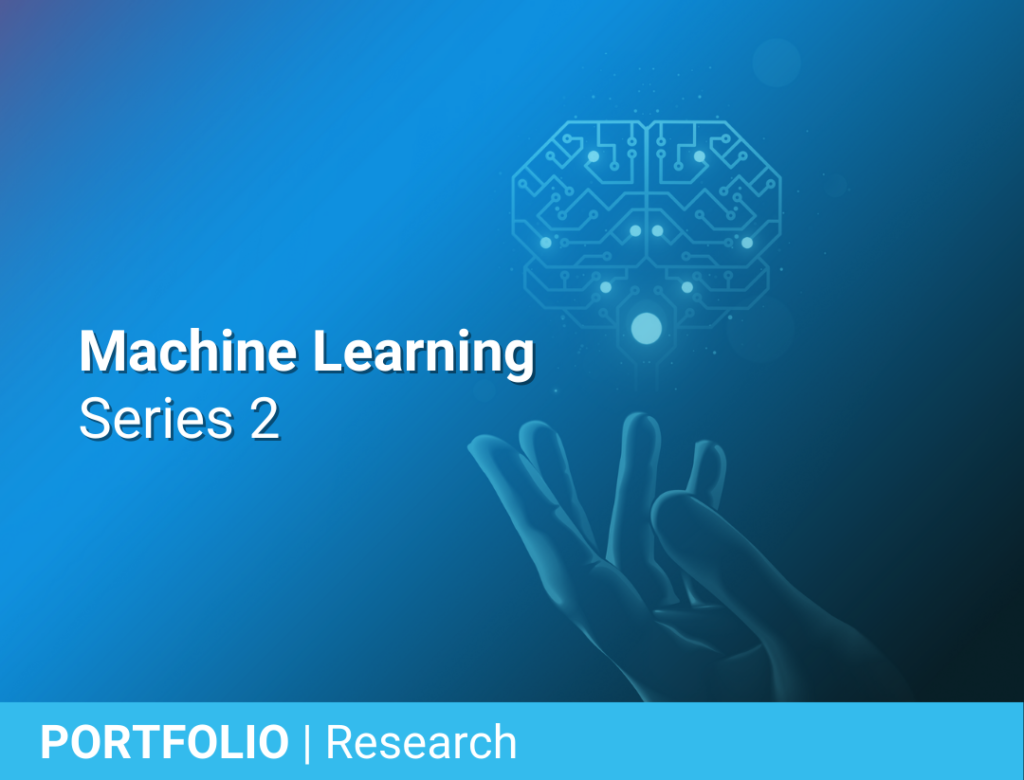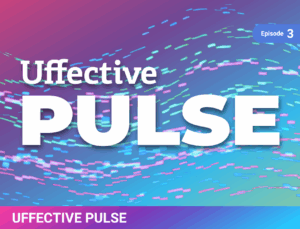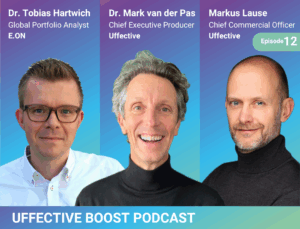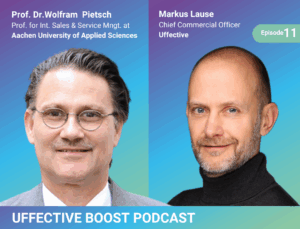Our machine learning team has developed a new product to automatically identify similar items in Uffective. This word-to-vector-based model is already being used by some of our largest customers.

Niels van der Pas | Director of Machine Learning at Uffective
“The advantage of these models is that they can increase efficiency in the execution of projects.”
What advantage does the similarity prediction give me as a Uffective user?
The models Uffective works with can predict how similar your projects, OKRs and/or user stories are.
If, for example, a project is being carried out in Germany and a very similar project was carried out in Sweden a year ago, the project team in Germany can learn a lot from the Swedish project manager. This can make the implementation of the German project more efficient, but it is also possible to produce better results because the project team has more prior information.
The same is relevant for the efficiency of OKRs and user stories. Here, too, similarity prediction makes it possible to profit from colleagues with similar user stories and OKRs. This offers again a very simple solution to increase the outcomes while saving time and money.
What is the impact of similarity predictions?
Some of our customer write RE-USE big as they aim to leverage investments in their organisation. In the beginning of this year we enabled for each project to find the most similar projects. As not everyone takes the time to search for similar investments, it ‘it is just not in the DNA of a project leader’ we integrated the re-use in the Uffecte processes.
How?
Our wizard informs a user who creates a new project directly after entering this investment into Uffective on the most similar investments, so before the team really starts working on it. But we also support executive level by including, on the Uffective generated board proposals, the six most similar investments. In this way executives in Italy can see the most similar investments in Germany, the Netherlands or the UK too.






